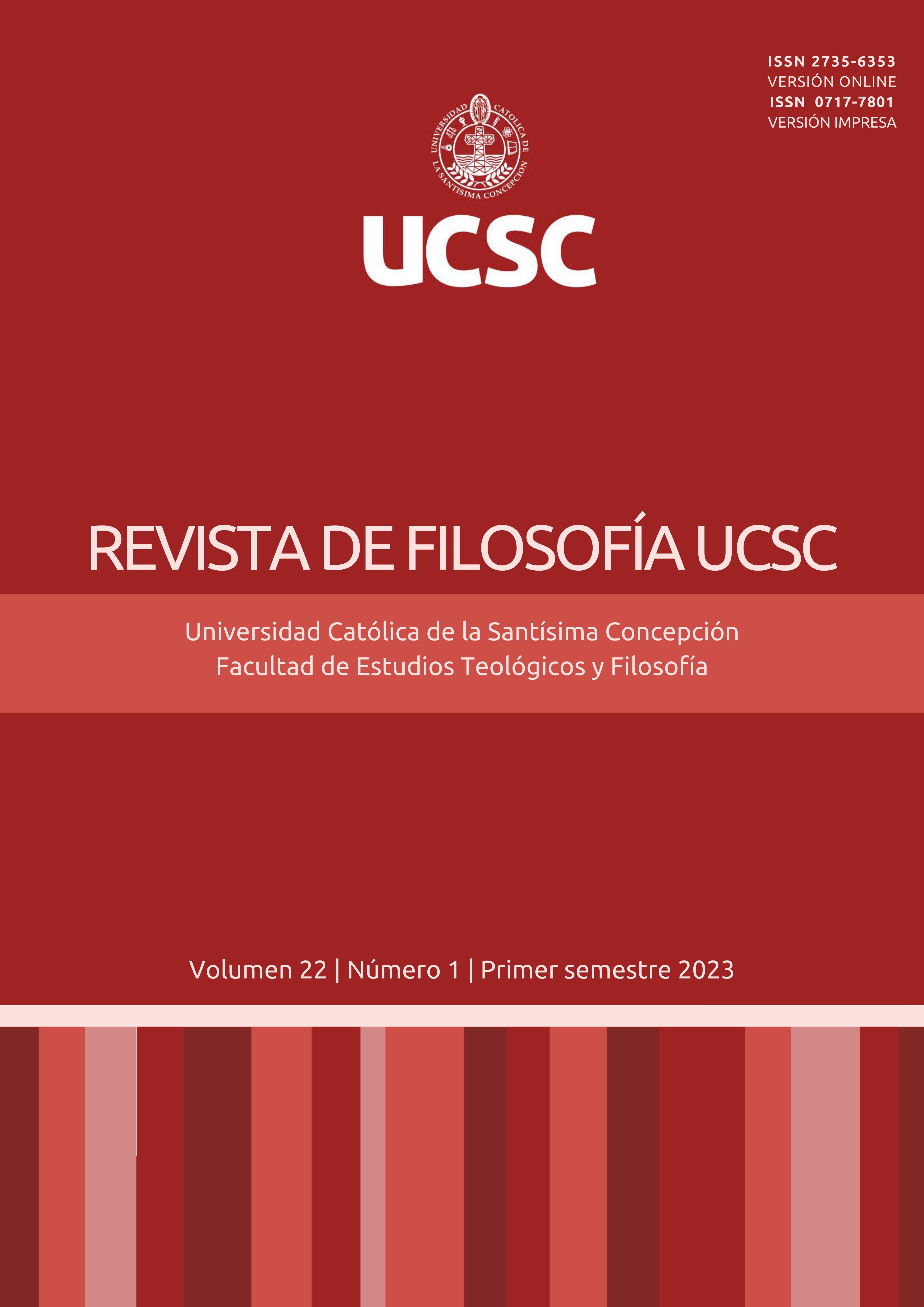The infinity of the world: the vision from Simone Weil and Edith Stein
Main Article Content
Abstract
This article presents the links between the thought of Edith Stein and Simone Weil, both outstanding philosophers of the 20th century, regarding the conception of modern science and technology. The thesis that will guide our work is that the two thinkers recover the conception of science as a contemplation of the world's order. This perspective makes it possible to change the physicalist view of nature and stop the damage that the excessive intervention of technology has caused in nature. In this way, science becomes a bridge that leads to the Creator. In this paper, we analyze the concepts of finality, the consideration of space and geometry as integrators of reality, perception as the origin of knowledge, and the transcendent dimension of science. Each of these aspects is analyzed from the perspective of the intrinsic order of things and of the person given by the Creator.
Article Details
Section

This work is licensed under a Creative Commons Attribution-NonCommercial 4.0 International License.
The Revista de Filosofía UCSC is an open access journal and does not charge for publication. In addition, it regulates its Copyright and access policy according to the Creative Commons Attribution-NonCommercial 4.0 International Public License (CC BY-NC 4.0), therefore sharing (reproducing and distributing the material in any medium or format) and adaptation (modifying, transforming, and creating from the material) is allowed as long as proper credit is given and the citation is included with the corresponding data. Moreover, it is not allowed to use the material for commercial purposes.
How to Cite
References
Berríos, F. (2017). El yo como "espíritu" (Geist) en la antropología de Edith Stein y de Karl Rahner. Teología y vida, 58(1), 109-128. https://dx.doi.org/10.4067/S0049-34492017000100005
García, E. (2015). La percepción y la lectura en la obra literaria de Simone Weil. Teseo Press.
Pétrement, S. (1973). La vie de Simone de Simone Weil. Fayard
Pétrement, S. (1997). Vida de Simone Weil. Trotta.
Stein, E. (2002). Obras Completas III. Monte Carmelo.
Stein, E. (2005). Obras Completas II. Monte Carmelo.
Stein, E. (2007). La estructura de la persona humana. BAC.
Stein, E. (s. f a). Endliches und ewiges Sein Versuch eines Aufstiegs zum Sinn des Seins. https://www.karmelitinnen-koeln.de/edith-stein-archiv-kk/gesamtausgabe.
Stein, E. (s. f b). Einführung in die Philosophie. https://www.karmelitinnen-koeln.de/edith-stein-archiv-kk/gesamtausgabe./
Stein, E. (s.f c). Der Aufbau der menschlichen Person Vorlesungen zur philosophischen Anthropologie. https://www.karmelitinnen-koeln.de/edith-stein-archiv-kk/gesamtausgabe /
Weil, S. (1994). Cahiers (1933-septembre 1941). Gallimard
Weil, S. (1997). Cahiers (septembre 1941-février 1942). Gallimard
Weil, S. (1999). OEuvres. Gallimard.
Weil, S. (2002). Cahiers (février 1942-juin 1942). Gallimard
Weil, S. (2006). Cahiers (juillet 1942 -juillet 1943). La Connaissance Surnaturelle. Gallimard.
Weil, S. (2008). Écrits de Marseille. Gallimard.
Weil, S. (2001). Cuadernos. Trotta.
Weil, S. (2003). El conocimiento sobrenatural. Trotta
Weil, S. (2014). Diario de Fábrica. Trotta.
Weil, S. (2016). Simone Weil: pensar con un acento nuevo. Apeiron.




